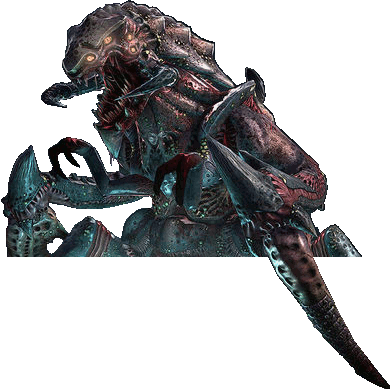Testing
Contents
Reporting bugs
Please see the bug reporting page. This page is about helping modders and developers testing their changes.
Debugging
To create a debug build, change CMAKE_BUILD_TYPE in CMake from Release to Debug, then compile.
You may find it necessary to set in_nograb to 1 to disable pointer grabbing so that you may use your debugger.
Debugging with gdb
Start gdb as follows:
$ gdb --args ./daemon +devmap chasm
If the program segfaults, a backtrace is very useful to the developers in determining the source of the problem. At the debugger prompt, type bt:
(gdb) bt
Debugging with Xcode
With Xcode 4, even if you did not build the game with Xcode, you may still use its facilities for debugging.
- Open any project. If necessary, create a new one. It may contain anything.
- Click "Product" on the menu bar and navigate to "Attach to Process". Look for "daemon" listed under "Applications".
After a moment, the application will be ready for debugging.
See the Xcode 4 User Guide for more information.
Live Testing
Starting a testing session
Start the game, and enter the following command:
/devmap map-name
Adding bots
Like fish in a fish bowl, they can bring some activity in a map.
/bot fill 5 # add 5 bots
You can also have a look at all the g_bot_* cvars, they are quite interesting. There is even a graphical user interface for these!
Moving around with ease and spawning anywhere
You can pass through walls and fly around using /noclip, and you can spawn anywhere you want using /devteam h for humans or /teamteam a for aliens. That's very practical and can allow you to start from an empty map.
To load an empty map without having the game finishing immediately, you can use g_neverEnd. This can help porting maps.
The /give command
The /give will give you an easy way to test situations without being blocked by funds or team advancement.
/team a # join aliens /give momentum # give all the momentum you can to your team /give bp 100 # get 100 build points free /give funds # get rich quick! I swear it's not a pyramid scheme! /give all # get all personal things you can get, in addition to money (BP and momentum are independant)
You can also combine several commands into one, for example you can test advanced dragoon really quickly
Some misc useful cvars
-
cg_drawSpeedto see how fast you are moving,/set cg_drawSpeed 2even brings an histogram. -
cg_drawBBOXto see how big or small the bounding box are -
cg_drawDebugDistanceto give you an idea of how far away of you a distance of "100 quake units" is -
timescalesetting this will make everything faster, or slower. Be careful that if you set it too low (say less than 0.1) the graphical console will take a lot of time to visibly appear, but you can still type in it. For example to do/timescale 1again. -
g_freeFundPeriodto change how often you and other clients are gifted money. This can be an alternative to making bots ignore limits that can give a bit more diversity in their choices and behaviours (rich bots will always rush, for example)
Debugging Graphics
-
cg_draw2Dcan allow you to disable 2D drawing. It may be useful if you want to ignore 2D performances from your benchmarks.
There probably exist proprietary tools for your platform. For example AMD used to have gDEBugger, and GPU PerfStudio proprietary debuggers.
apitrace
apitrace is an open-source tool that records every graphics API call made by an application. After the application has closed, you can step through individual calls to the graphics API, allowing you to
- see the result exactly as it would appear following each call,
- see graphs of API usage, and
- inspect buffers.
Linux users can install it from their package manager, for example:
sudo apt install apitrace-tracers apitrace-gui
Windows users can download a build.
General Tips
Miscellaneous
- To stress test the engine's ability to display a large number of buildables, you can tweak
g_BPInitialBudgetand build as much as you wish. - To determine what file was loaded for a particular asset (e.g., to determine if files are being read from a particular DPK archive) use the
/whichcommand with the relative path to the asset as an argument. You can use tab-completion.
For example, this means that you are effectively the new version of an UI file:
/which ui/shared/circlemenu.rcss File "ui/shared/circlemenu.rcss" found in "/home/me/unv/Unvanquished/pkg/unvanquished_src.dpkdir/"
Viewing Runtime Information
The engine and game logic provide a number of commands for viewing information about its current state.
Testing materials and textures
See Materials.
Testing maps
See Maps.
Testing models
See Models.
Testing old versions of Unvanquished
https://dl.unvanquished.net/release/ has universal zips of past releases. It is missing all versions before 0.17.
https://gitlab.com/slipher/unvanquished-timemachine is a way to test multiple versions of Unvanquished more conveniently, without any unzipping or other install step. But it has only x86 Windows binaries. Some versions older than 0.17 are present.

